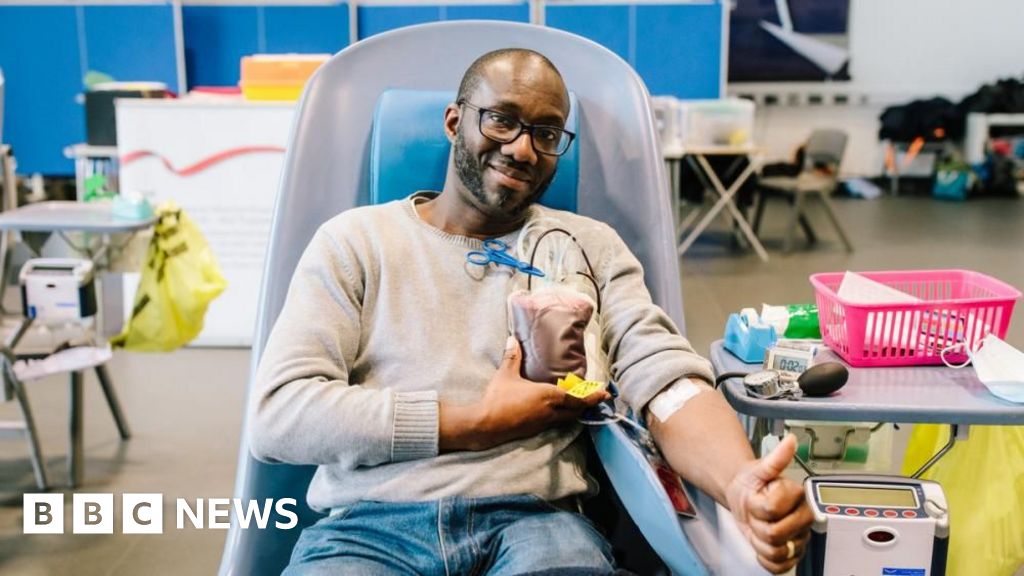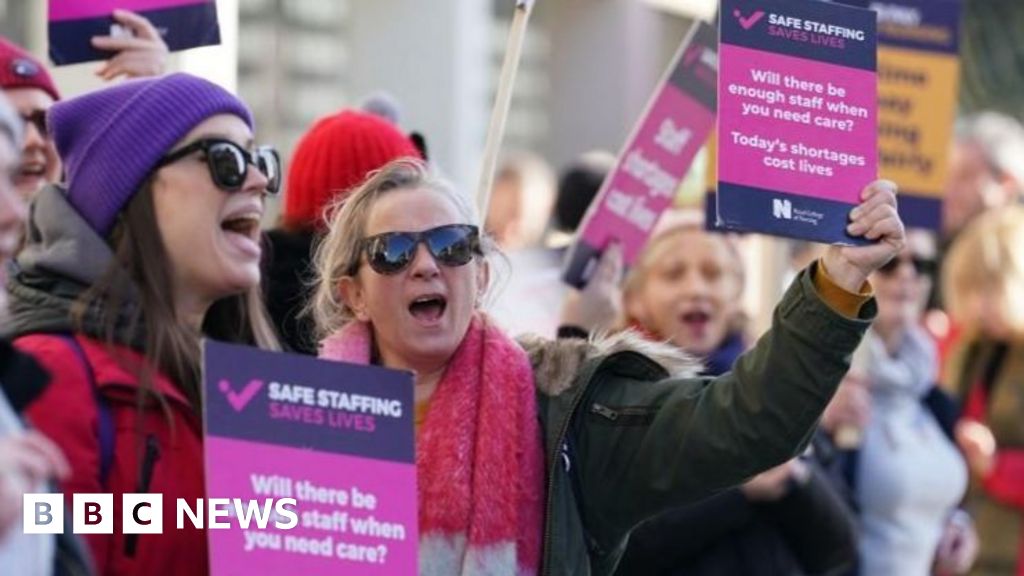ARTICLE AD BOX
 Image source, Getty Images
Image source, Getty Images
Will money for schools - as well as for social care and the NHS - actually help?
Alongside the tax rises and deep spending cuts announced by the government in the Autumn Statement, more money was also set out for three key areas.
Our correspondents look at what impact additional funding for schools, social care, and the NHS might have.
More investment in a "public service that defines all our futures". That's the chancellor's approach to funding schools in England. Jeremy Hunt has promised an extra £2.3bn per year for schools for the next two years.
School leaders say it sounds like positive news, but they'll be looking closely at the detail.
Among the financial pressures facing schools is the government's promise of a 5% pay rise for most teachers - which they have to find cash for in existing budgets. And they have to help pupils catch up after school closures during the pandemic.
School spending per pupil dropped in real terms during the 2010s. Today's cash increase means that it will be back at where it was 12 years ago, according to analysis from the Institute for Fiscal Studies (IFS).
School funding, the think tank says, it now predicted to be greater than the growth in schools' costs. But the question teachers will still be asking is: will it be enough to take on all the challenges they face?
The budget for the NHS in England was already due to increase by nearly £5bn next year to more than £157bn. A similar rise was planned the following year - the final one of a five-year settlement agreed under Theresa May's government.
But despite this, NHS bosses had warned the health service was still facing a £7bn shortfall in 2023-24 because of inflationary pressures. So by giving an extra £3.3bn next year - and the same the following year - the chancellor has gone some way to plugging the gap.
The boost in funding has been welcomed by NHS England chief executive Amanda Pritchard. But huge challenges remain.
The NHS is desperately short of staff - one in 10 posts are vacant - while the backlog in cancer care and hospital treatment continues to grow.
These problems cannot be solved by money alone. They require more staff to be trained and equipment and buildings to be upgraded - things that can take many years to achieve.
For many older or disabled people - and their families - the chancellor's statement should ease the immediate problems of getting support from a care system in crisis. But it also delays the promised help with the long-term catastrophic costs some face.
The planned £86,000 cap on care costs was due to start next autumn, but it will now be pushed back by two years.
Sir Andrew Dilnot, who devised the policy more than a decade ago, says the delay is "extraordinarily disappointing". He describes the need for reform as "critical and urgent" and says without it, the most vulnerable are left with no idea how they will cope financially, should they need care. He also believes it breaches a Conservative Party manifesto pledge.
The government says the reform money and council tax flexibility will provide the care sector with up to £2.8bn extra next year and £4.7bn the year after. But nearly two-thirds of that money is dependent on England's councils increasing local taxes by the maximum allowed. That is unlikely to happen.
A large chunk of the money will be needed for wages in a care sector that has 165,000 vacancies. The rise in the minimum wage to £10.42 an hour will be welcomed. But to compete with supermarkets and hospitality, care companies are likely to have to pay more.

 2 years ago
51
2 years ago
51








 English (US) ·
English (US) ·